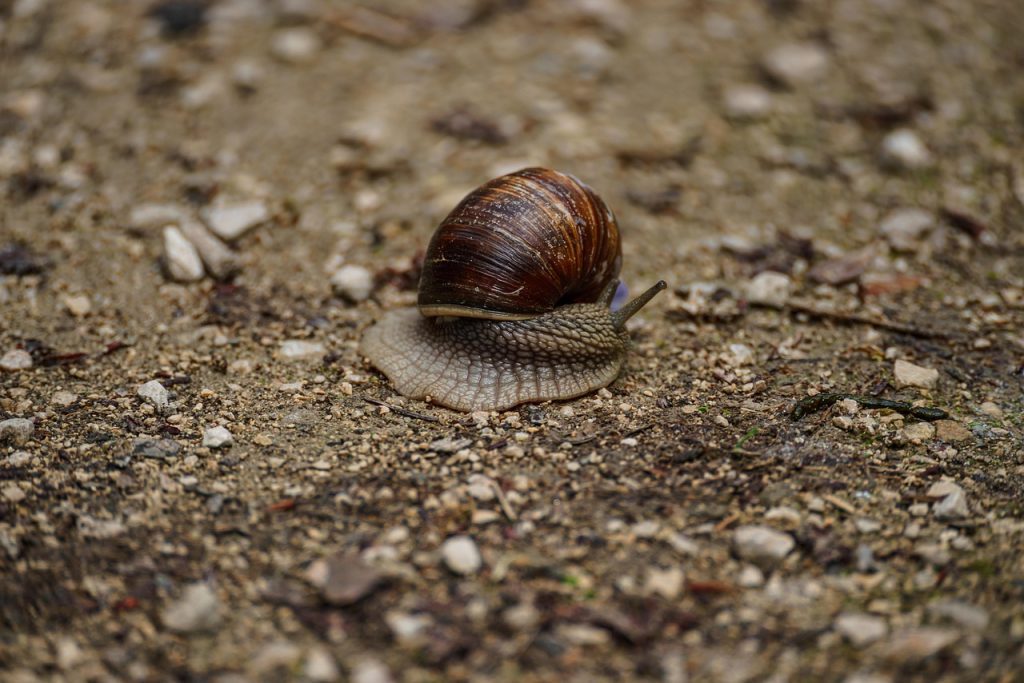So, you’ve got a snail farm (or several), and you want to make sure their home stays fresh, clean, and safe.
Good news – you’re in the right place!
Cleaning a snail pen isn’t just about making it look nice, it’s about keeping your snails healthy, active, and free from harmful bacteria or mold.
A dirty enclosure can lead to stress, illness, and even shorten your snail’s lifespan.
But don’t worry, this guide will walk you through everything you need to know in the simplest, most practical way possible.
Why Cleaning Your Snail Pen Matters
Snails are sensitive creatures. They breathe through their skin (yes, really!), and a dirty environment can expose them to:
- Mold and bacteria – Thrives in damp, decaying matter (like leftover food and poop).
- Mites and pests – Tiny bugs love snail habitats if not kept clean.
- Stress and illness – Dirty conditions weaken their immune system.
A clean pen = a happy, long-living snail. Simple as that!
What You’ll Need for Snail Pen Cleaning
You don’t need fancy tools, just these basics:
– Cleaning Supplies:
- Spray bottle – For misting with dechlorinated water.
- Soft brush or sponge – For scrubbing without scratching surfaces.
- Small scoop or spoon – For removing waste and old substrate.
- Paper towels or clean cloth – For wiping down surfaces.
– Snail-Safe Cleaning Solutions:
- Distilled or dechlorinated water – Tap water can harm snails.
- White vinegar (diluted) – For disinfecting (rinse thoroughly!).
- NO bleach, soap, or chemicals – These can kill your snail.
– Optional (But Helpful) Extras:
- Temporary holding container – For moving snails during deep cleaning.
- New substrate – For full replacements.
- Springtails or isopods – Natural clean-up crew (bioactive setups).
Step-by-Step Snail Pen Cleaning Routine
Here’s a quick step-by-step guide to routinely cleaning your snail pen:
A. Daily Maintenance (Quick 5-Minute Check)
- Remove uneaten food – Rotting food = mold. Take out anything not eaten within 24 hours.
- Spot-clean poop – Use a spoon or scoop to pick up waste.
- Check humidity – Lightly mist if the substrate feels dry.
B. Weekly Deep Clean
- Move snails to a temporary container (with damp paper towels).
- Remove and replace dirty substrate – At least 50% to keep good bacteria.
- Wipe down walls and decor – Use water or diluted vinegar (rinse well!).
- Check for mold – If found, replace affected substrate immediately.
C. Monthly Full Reset
- Empty the entire pen – Remove all substrate, decor, and accessories.
- Sterilize non-porous items – Boil rocks/bake wood (if needed).
- Replace all substrate – Fresh, moist coconut fiber or soil.
- Reassemble and reintroduce snails – Gently place them back in.
Troubleshooting Common Snail Pen Problems
Here are some common problems with using snail pens and their solution:
Problem: Mold Growth
– Solution:
- Reduce excess moisture (don’t over-mist).
- Add springtails as they eat mold!
- Remove moldy patches ASAP.
Problem: Bad Odor
– Solution:
- Clean waste more frequently.
- Improve ventilation (but keep humidity stable).
- Avoid overfeeding.
Problem: Pest Infestations (Mites, Fruit Flies)
– Solution:
- Freeze substrate before use (kills eggs).
- Keep food in shallow dishes, not directly on substrate.
- Use apple cider vinegar traps for flies.
Pro Tips for a Low-Maintenance Snail Pen
- Go bioactive – Add isopods & springtails to break down waste naturally.
- Use a drainage layer – Prevents waterlogging.
- Feed smarter – Offer small portions to reduce leftovers.
Final Thoughts
Cleaning your snail’s pen doesn’t have to be a chore, just stick to a simple routine, and your slimy pals will thrive!
Now go give your snails the clean, cozy home they deserve!
